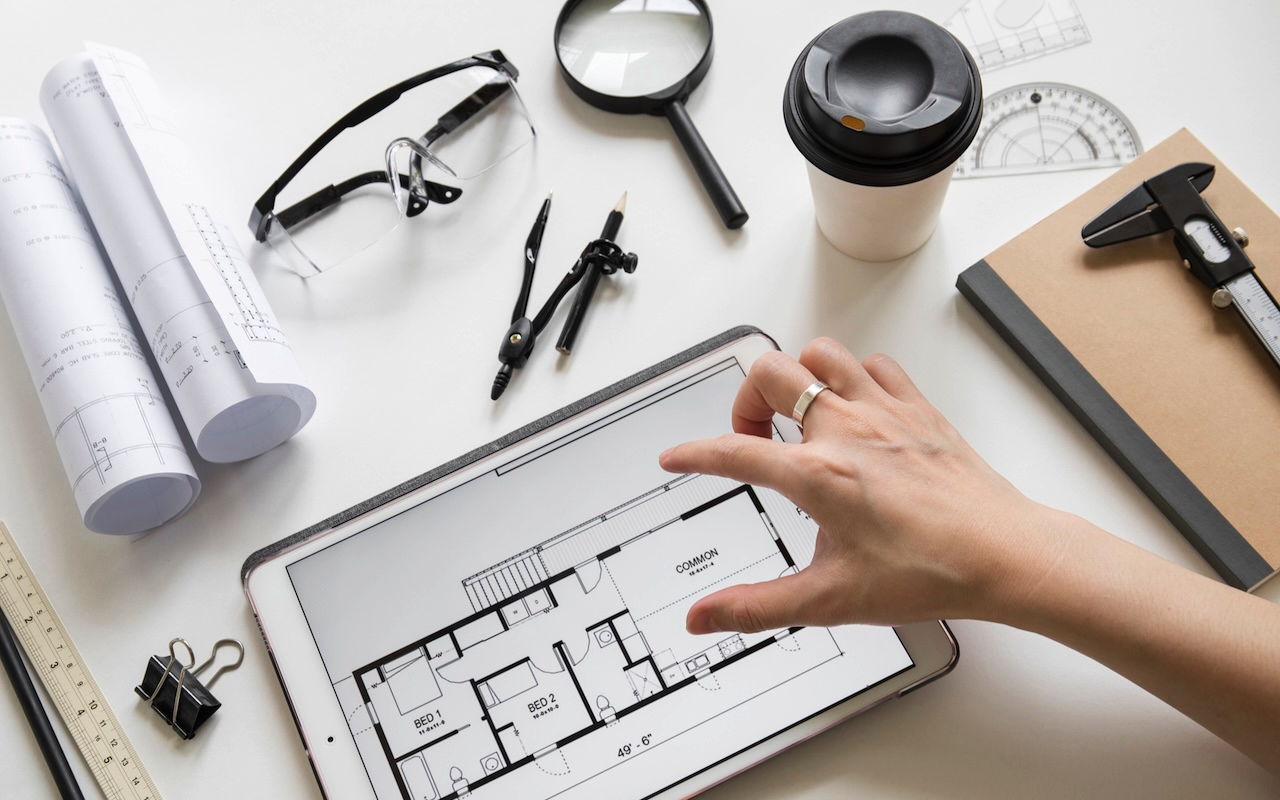
Interior design is as much about communication as it is about creativity. A perfectly styled space, a well-curated mood board, or a clever layout concept means little if the client isn’t aligned, or worse, confused, by what’s being presented.
Design concepts live and die by approvals. And for interior designers juggling multiple projects, managing those approvals efficiently can mean the difference between a project that flows and one that stalls in feedback limbo.
The Classic Approval Bottleneck
Let’s be honest. Most client approvals don’t fall apart because of creative differences. They collapse because of communication breakdowns.
Clients lose track of email threads. Feedback comes in scattered formats. A comment about "the second kitchen concept" ends up applying to the wrong version.
And just when you think you’ve gotten a green light, someone replies two weeks later with “Actually, we’re not sure about the lighting layout anymore.”
This kind of fragmented feedback isn’t just frustrating; it slows down your workflow, eats into billable hours, and leaves your team second-guessing.
Design Isn’t Always Easy to Talk About
One challenge interior designers face more than most is translating visual ideas into plain language. While designers work comfortably in mood boards, renderings, and CAD files, clients are often trying to explain their thoughts with phrases like “Can we make it feel more airy?” or “It just needs more personality.”
And that's fine. It’s part of the job. But the real issue arises when there’s no clear system to anchor that feedback to the actual design. Comments float in space, and decisions get delayed.
The Need for Contextual Feedback
What design studios need is a feedback process that allows clients to speak their language, without sacrificing clarity.
That’s where contextual feedback tools can be a game changer. Imagine a platform where your client can click directly on a specific element of a concept board, digital floor plan, or styled image and leave a note right there. No extra instructions. No guesswork. Just point, click, and comment.
It’s feedback in context. And it dramatically reduces those “What exactly were they referring to here?” moments.
Visual Collaboration Without the Chaos
A streamlined feedback process doesn’t just benefit your client. It transforms your internal operations too. Designers can easily track what needs tweaking. Project managers gain visibility into approval progress. Creative directors avoid rework by spotting miscommunication early.
And because feedback is centralized, you spend less time hunting down notes in Slack threads or buried email chains.
Some interior designers try to solve this using shared PDFs, Google Slides, or lengthy email chains with marked-up images, but those tools aren’t built for the design approval process. They lack structure, clarity, and most of all, flow.
Reducing Revision Loops
Client revisions are part of the process but they don’t need to be endless. A better feedback system shortens the loop between concept delivery and sign-off.
When clients can interact with your designs in real time, such commenting directly on layout mockups, mood boards, or lookbooks, they're more likely to make decisions quickly and confidently. It removes the friction of having to “describe” changes and empowers them to participate in the design process without slowing it down.
Exploring Better Tools for Feedback Management
If you’re still relying on email threads and Zoom calls to walk clients through every stage of your concept approvals, there’s a better way.
Many studios are exploring alternatives, such as MarkUp io alternatives, to visual markup tools that offer more functionality for design feedback and collaboration. These tools provide intuitive ways to collect, organize, and act on feedback from clients, while integrating with the systems your team already uses for task tracking and project delivery.
It’s not about adding another tool to your stack; it’s about replacing the chaos with a clear, collaborative process.
Client Experience = Brand Experience
Interior design is a service industry. The way you handle client communication is just as important as the final look of the project. A clunky approval process reflects poorly, even if the work is stunning.
But when your clients feel heard, involved, and informed, without being overwhelmed, it builds trust. That trust leads to faster sign-offs, smoother installs, and more referrals.
Even better? It makes your business look more modern, professional, and buttoned-up. That matters when you’re pitching to high-end clients or taking on large commercial projects.
Training Clients (Gently) on Better Feedback
You don’t have to overhaul your entire process overnight. Start small. Introduce a visual feedback tool on your next concept presentation. Offer a quick tutorial or walkthrough. Most clients pick it up faster than you think.
And once they’ve used a tool that actually lets them leave notes on the exact tile, fixture, or layout they’re talking about, you’ll never hear them ask to go back to marked-up PDFs again.
Final Thoughts
Interior design is detail-driven by nature. The smallest elements, such as the trim on a cabinet, the texture of a wall finish, can define the entire feel of a space.
So why should your approval process be any less precise?
By giving clients a clear, visual way to engage with your concepts, you protect the integrity of your designs, streamline your workflow, and elevate the entire client experience.
Because when the path from concept to approval is clear, the final reveal becomes a lot more satisfying for everyone involved.
Featured Image by Freepik.
Share this post
Leave a comment
All comments are moderated. Spammy and bot submitted comments are deleted. Please submit the comments that are helpful to others, and we'll approve your comments. A comment that includes outbound link will only be approved if the content is relevant to the topic, and has some value to our readers.

Comments (0)
No comment